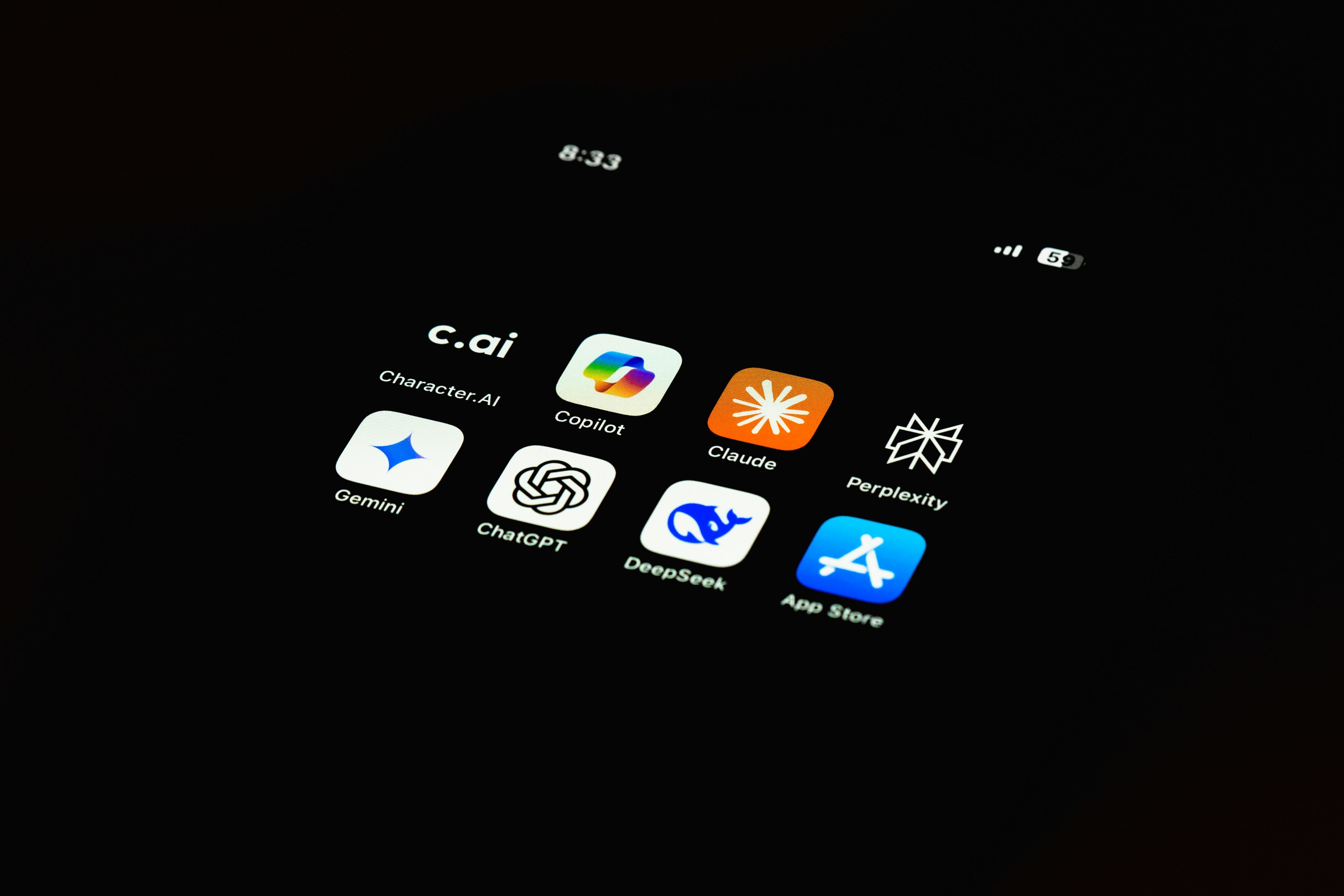Setting Up Event and Conversion Tracking in GA4
For so long now, cookies have been ever present in our digital environment. Created to identify users when they visit a given website, cookies are used to collect information, track online behaviour and personalise site sessions.
However, with rising tensions around privacy – from Apple’s contentious iOS14 update to the rise of Customer Data Platforms – a cookie-less world is set to dawn.
At the beginning of 2020, Director at Chrome Engineering, Justin Schuh outlined Google’s intention to phase out third party cookies in their Chrome browser compelled by users “demanding greater privacy – including transparency, choice and control over how their data is used.”
The changes didn’t end with the Chrome browser as many of you might already know. The evolution of Universal Analytics (UA) to Google Analytics 4 (GA4) has transformed how marketers interact and engage with consumers. The most obvious change is how tracking has evolved across the two analytics properties.
The team at LovesData outlined that the two main issues with UA tracking were “the limits on the amount of information you could collect and the constraints around reporting.”
Previously in UA, data tracking was simply designed to capture any action taken on your website’s page. So for instance, if you want to track how many people download your lead magnet from a landing page, you would implement event tracking and use the event report generated to track the number of downloads. Every action tracked is a predefined option known as a “hit.”
In GA4, hits are now replaced by events – with the option for more parameters, enhanced measurement and conversions (previously goals in UA). In truth, the terminology can become confusing after a while, so we’ve pulled together some of the most insightful resources out there that will give you the best introduction to tracking events and conversions in GA4.
How to set up event tracking in GA4
A user’s interaction/activity with a web page element that you track in Google Analytics is called an ‘event’. This can include any interaction or activity on a web page including elements people click on, transaction information and details collected about a user. Setting up appropriate event tracking ensures that you capture the most holistic and comprehensive data for your organisation.
Creating Events in Google Analytics 4 Properties
Where better to begin than on Google Analytics official Youtube channel. This quick video provides a great overview of events in GA4 and how to track and use them according to Google themselves.
Google Analytics 4 Event Tracking: Your Complete Guide – Loves Data
If you’re ready to go deep on event tracking, then look no further than Loves Data complete GA4 Events Guide. With a new data model, the team at Loves Data believe that now you have more control and flexibility over the data you collect about your audience, their actions, and your website. This guide compares events from UA to GA4, and gives you great insight into the creation, tracking and measuring of events.
How to Set Up GA4 Web Tracking
This article by Seer Interactive is incredibly useful because it ties together the process of initially setting up GA4 and adding event tracking. Beyond that, they also go into great detail around identifying data streams, instructions around using the Google Tag Manager for event tracking and more advanced features like tracking in debug mode.
[GA4] Monitor events in debug mode – Analytics Help
If you’re familiar with event tracking but want to debug issues in real time, this article is for you. From websites to app owners, this article will explore how to monitor events in order to debug data collection.
[GA4] Set up cross-domain measurement – Analytics Help
Have multiple websites you want to monitor on GA4? This article is for website owners who need unified measurement across more than one domain, e.g. across a customer website and a separate shopping cart domain.
How to set up conversion tracking
From a subscription to a product purchase, conversions need to be configured and identified in your analytics. However with the ushering in of GA4, there are now new ways to collect data and report on consumer behaviours. What was originally defined as “goals” are now known as “conversions” in Google’s latest analytics migration.
Complete Guide to Google Analytics 4 Conversion Tracking
This Loves Data article outlines the three ways to measure and track conversions in GA4. With images straight from the GA4 user interface, this piece makes it easy to follow step-by-step how best to set up and use conversion tracking.
Google Analytics 4 Conversion Tracking – How to setup and track conversions in GA4
If you’re not much of a reader, Loves Data also has a video version of the above article, taking you in real time through the GA4 user interface, getting you familiar with the latest update while outlining how best to track conversions.
Google Analytics Goals Guide: How to Set Up And Track Your Bottom-Line KPI’s | DMI
This blog article gives you a good starting point into conversions on Google Analytics. From the different metrics available and event goals, to the use of goal funnels, the Digital Marketing Institute gives you a comprehensive look at conversion tracking.
GA4: Events, and Parameters, and Bears, Oh My! – Napkyn Analytics
In this article, Napkyn Analytics provides a helpful side-by-side comparison between conversion tracking on UA and GA4. Using examples, they dive into events as a whole, the different types of events and the parameters that surround them.






